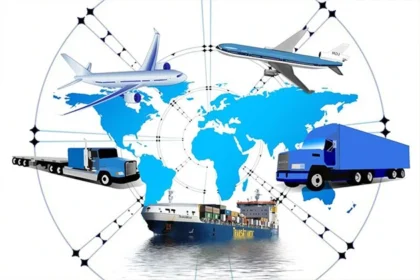Mergers and acquisitions (M&A) are complex and multifaceted, requiring robust tools to manage various aspects such as due diligence, valuation, integration, and compliance. The M&A software landscape has evolved significantly, driven by technological advancements and changing market needs. This article explores the top trends that are currently shaping the M&A software industry, providing insights into how these trends are revolutionizing the way deals are conducted and managed.
The Rise of Artificial Intelligence and Machine Learning
Artificial Intelligence (AI) and Machine Learning (ML) are transforming the M&A software landscape by enhancing decision-making processes and improving efficiency. These technologies enable the automation of repetitive tasks, such as data collection and analysis, allowing M&A professionals to focus on strategic activities. AI-driven tools can analyze vast amounts of data to identify potential acquisition targets, assess risks, and predict outcomes with greater accuracy. Additionally, machine learning algorithms can continuously improve their performance over time, providing increasingly valuable insights for M&A transactions.
Increasing Importance of Cybersecurity
As digital transformation accelerates, cybersecurity has become a critical concern in M&A transactions. Cybersecurity risks can significantly impact the value of a deal, making it essential for M&A software to incorporate robust security features. Modern M&A software solutions are integrating advanced cybersecurity measures to protect sensitive data during due diligence and integration processes. These measures include encryption, secure data storage, and real-time threat detection. Ensuring the confidentiality, integrity, and availability of data is paramount, as any breach could have severe legal and financial repercussions.
Enhanced Data Analytics Capabilities
Data analytics has become a cornerstone of effective M&A strategies. Advanced analytics tools in M&A software enable companies to derive actionable insights from vast datasets, facilitating better decision-making. These tools can analyze financial statements, market trends, and operational metrics to provide a comprehensive view of potential acquisition targets. Predictive analytics can also forecast future performance and identify synergies between merging entities. By leveraging data analytics, companies can gain a competitive edge and execute more successful M&A deals.
Integration of Blockchain Technology
Blockchain technology is making its way into the M&A software landscape, offering enhanced transparency and security. Blockchain’s decentralized ledger system ensures that all transactions are recorded immutably, reducing the risk of fraud and errors. This technology can streamline the due diligence process by providing a reliable and verifiable record of all activities related to the transaction. Additionally, smart contracts—self-executing contracts with the terms of the agreement directly written into code—can automate various aspects of the M&A process, ensuring compliance and efficiency.
Cloud-Based Solutions and Remote Collaboration
The shift towards cloud-based solutions is another significant trend in the M&A software industry. Cloud-based M&A software offers several advantages, including scalability, flexibility, and cost-effectiveness. These solutions enable remote collaboration, allowing M&A teams to work together seamlessly from different locations. The COVID-19 pandemic has accelerated the adoption of cloud-based tools, highlighting the importance of having robust, remote-friendly software to manage M&A transactions. Cloud solutions also facilitate real-time updates and access to critical information, improving overall efficiency and decision-making.
Conclusion
The M&A software landscape is undergoing a transformative phase, driven by advancements in technology and evolving market demands. Artificial intelligence and machine learning are enhancing decision-making and efficiency, while cybersecurity measures are becoming increasingly crucial. Data analytics capabilities are providing deeper insights, and blockchain technology is adding transparency and security to the process. Additionally, the adoption of cloud-based solutions is enabling remote collaboration and improving accessibility. As these trends continue to evolve, M&A software will play an increasingly vital role in shaping the future of mergers and acquisitions, helping companies navigate the complexities of these transactions with greater ease and success.
By staying abreast of these trends and leveraging the latest technologies, companies can position themselves for more effective and efficient M&A activities, ultimately driving growth and value creation in a competitive market.










